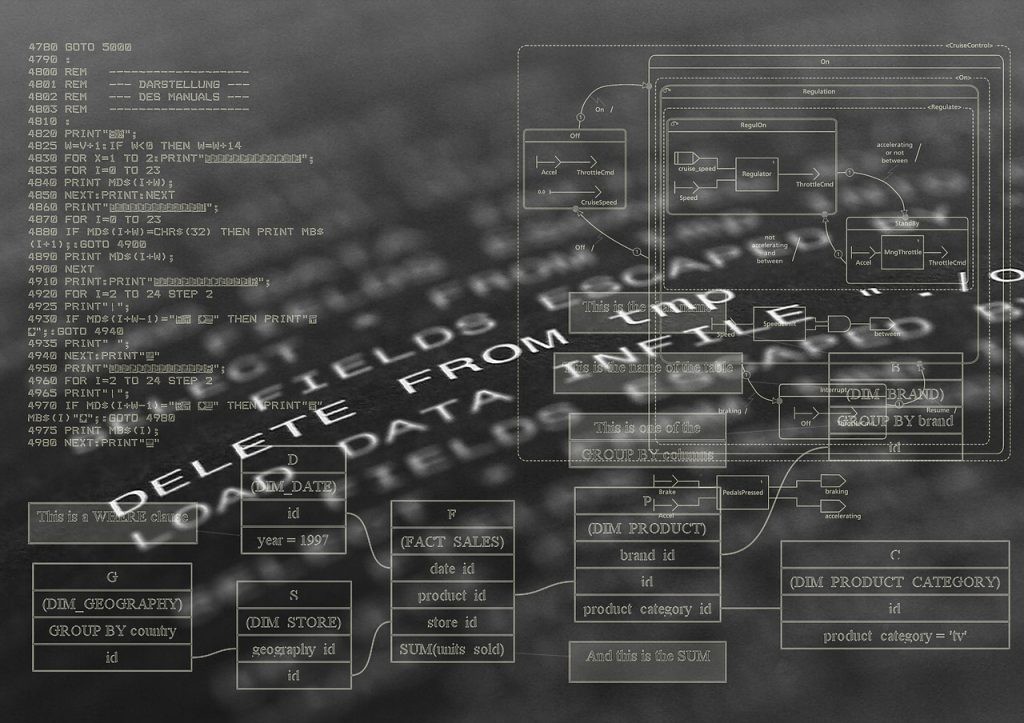
Rainbow-washing: colors of June that come and go
*This is an AI-powered machine translation of the original text in Portuguese
During the last month of June, it was impossible not to notice the widespread celebration of LGBTQIA+ Pride Month. The use of symbols associated with the movement, with the rainbow flag being the most prominent, aims to raise awareness for the cause and the various challenges faced by the community on a daily basis. In recent years, this symbolism has been used by companies in logos, uniforms, and advertisements as a way to show their support for LGBTQIA+ people. Nevertheless, it's hard not to notice the rapid disappearance of these symbols at the end of the month.
It is clear that the corporate use of symbolism associated with the LGBTQIA+ movement has positive aspects, such as creating a publicly welcoming environment for employees and customers. However, there are growing criticisms of those who use support for the community as a mere marketing initiative, without genuinely seeking positive impacts and support for LGBTQIA+ individuals. The conflict between the necessary visibility of the community and the potential abuse of its symbolism raises an important question about how to use these symbols in the corporate environment.
The rainbow flag was created by Gilbert Baker in 1979 and was first used at the LGBT Pride Parade in San Francisco, United States. Adopted by the movement since then, the flag has evolved over time without losing its essence. Symbols like this are important elements in creating a sense of belonging. While the initial use of the LGBTQIA+ movement's flag marked the community's ghettoization, today it is often used to signal inclusivity in various settings. Beyond its collective effects, the sense of belonging created by these symbols manifests on an individual level as reinforcement of acceptance and self-identity affirmation.
In the early days of using the rainbow as a symbol of support for the LGBTQIA+ cause, few companies were willing to associate themselves with the acronym, as it could contradict the personal beliefs of consumers, employees, and executives. The lack of connection to the agenda can also be associated with the absence of affirmative policies and concrete measures to prohibit discrimination based on sexual orientation and gender identity, both by corporations and the government. Today, with the increasing social relevance of the cause, it is expected that most major companies will adopt rainbow colors, at least during Pride Month. However, attention should be paid to the creation of incentives that might lead some to support the LGBTQIA+ cause in a diluted manner without practical positive effects.
The strength of support for the cause as a business driver is a relevant factor when considering these questions, with research indicating that one-quarter of internet users in the United States are more likely to buy from companies that openly support the LGBTQIA+ cause. This economic factor creates perverse incentives for support of the cause to be superficial, without reflecting genuine engagement with the community's demands.
This kind of behavior is pejoratively known as "rainbow washing." The term alludes to the concept of "whitewashing," which was originally a paint used on walls in 16th-century England to cover imperfections in surfaces and later came to mean the act of concealing questionable conduct or negative characteristics. The term was adapted to refer to malicious concealment practices (such as "pink washing" related to breast cancer prevention and treatment, and "green washing" related to environmental preservation) before the adoption of the term "rainbow washing" for the appropriation of LGBTQIA+ symbolism.
"Rainbow washing" can take various forms, ranging from empty symbolic appropriation to companies deliberately using the rainbow to mask attacks on LGBTQIA+ rights. In a classic example, a well-known pasta brand was accused of "rainbow washing" when it attempted to improve its public image by displaying rainbow colors on its pasta packaging after its CEO stated that the company would never feature a same-sex couple in its advertisements. In a more recent case, companies considered allies of the LGBTQIA+ community (and who even financially contributed to LGBTQIA+ causes) were identified as donors to political candidates in favor of conversion therapy, highlighting the superficiality of their support. However, criticisms are equally valid for those who use LGBTQIA+ symbolism as a mere market boost, making it difficult for people to identify companies with genuine commitment to the cause.
It is undeniable that the criticism of those who appropriate LGBTQIA+ discourse, often symbolized by rainbow colors, is valid. However, these criticisms do not mean advocating for companies to remove the rainbow from their public image, but rather to ensure that it is an expression of genuine commitment to the cause and concrete actions. The problem with rainbow washing lies in making support for the LGBTQIA+ cause a mere marketing tool during strategic periods, creating a disconnect between words and deeds. Corporations can use their symbolic mobilization as a trigger to initiate concrete actions in favor of diversity.
Amid the public celebrations of LGBTQIA+ Pride Month, it can be easy to forget that it has been less than two generations since the Stonewall protests. Achievements in protecting the rights of LGBTQIA+ individuals should not divert attention from the fact that many actions are still needed to advance and secure those rights.
Therefore, corporate policies should begin with the essentials, such as eliminating discriminatory practices and expressions, but they should not stop there. True progress involves raising awareness among employees and the public, conducting studies to identify specific demands in the particular context of each corporation, implementing these changes permanently and deeply, and integrating human rights and diversity values into the corporate culture. This does not mean that companies need to wait until they become a "perfect place" to participate in LGBTQIA+ celebrations (as this is a utopian goal), but there should be a genuine commitment solidified in internal policies and regulations.
June has passed, the rainbows have disappeared, but LGBTQIA+ people remain.
[1] Champlin, S., & Li, M., (2020). Communicating Support in Pride Collection Advertising: The Impact of Gender Expression and Contribution Amount. International Journal of Strategic Communication, 14(3), 160-178. DOI: 10.1080/1553118X.2020.1750017
[2] He, A. (2019). LGBTQ+ Advertising Can Be Effective, but Customers Know When Brands Use Pride Month as Marketing Ploy. Insider Intelligence. https://www.insiderintelligence.com/content/lgbtq-advertising-can-be-effective-but-customers-know-when-brands-use-pride-month-as-marketing-ploy
[3] Whitewash. Merryam Webster. https://www.merriam-webster.com/dictionary/whitewash
[4] Chayer, R. (2018). The Pinkwashing of Barilla. Gay Globe.https://gayglobe.net/the-pinkwashing-of-barilla/
[5] Ennis, D. (2019). Don't Let That Rainbow Logo Fool You: These 9 Corporations Donated Millions To Anti-Gay Politicians. Forbes.https://www.forbes.com/sites/dawnstaceyennis/2019/06/24/dont-let-that-rainbow-logo-fool-you-these-corporations-donated-millions-to-anti-gay-politicians/?sh=25c68d8a14a6; Wedell, K. (2022). Hiding behind rainbow flags: These companies' political donations don't match their support of LGBTQ issues. USA Today. https://www.usatoday.com/story/money/2022/06/07/brands-rainbow-donations-politicians/9643841002/?gnt-cfr=1; Helmore, E. (2021). 25 corporations marking Pride donated over $10m to anti-LGBTQ+ politicians – study. The Guardian. https://www.theguardian.com/us-news/2021/jun/14/corporations-anti-lgbtq-politicians-donations-study
*Coauthored with Letícia Haertel and Victoria Moura Vormittag. Originally published in Conjur.
**Image Sketchepedia.



